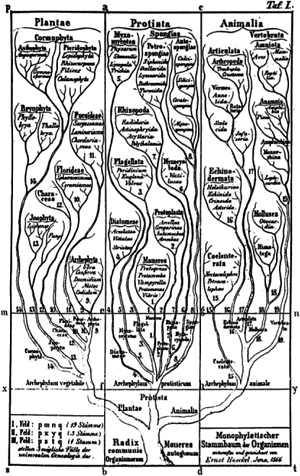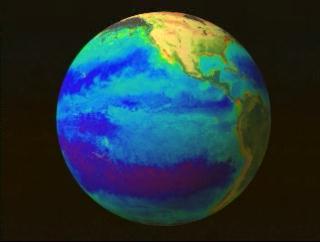 This weekend I received an interesting e-mail from a reader, where he asked me why I wasn't worried that BT-corn contains a toxin in it. I wrote in my response to the reader:
This weekend I received an interesting e-mail from a reader, where he asked me why I wasn't worried that BT-corn contains a toxin in it. I wrote in my response to the reader:
Everything is toxic in the wrong dose. Water. Oxygen. So the question we ask isn’t “Is BT safe?” but “Is the dose of BT that you could conceivably get safe?”.
Understanding toxicity isn't just related to BT-corn and GM-food (and I don't want this blog to become all GM all the time). This is of importance to understand everything in your life from X-rays to homeopathic medicine to the environment. So let's do a bit of a toxicology primer (I'll write about long-term health studies in the future).
So what did I mean when I said water is toxic? Was I being facetious? Water can kill you? Well,
yes. Recently, a woman killed herself drinking too much water in a water-drinking competition in California. A simplified version of why drinking too much water can kill you, is that you have very specific concentrations of salts (electrolytes) in your blood (and in all the cells of your body). Your body does a pretty good job of keeping those salts at the right concentration. But if you take in a large amount of water too quickly (and we're talking about gallons, here), you essentially dilute out the salt concentration in your blood, and you die. Over longer periods, you can piss out the extra water, to keep the salt concentration within the right range, but if you drink the water too quickly, it can kill you. This is the reason that when you get an IV in the hospital, they inject a dilute salt solution, and not pure water. A pure water IV pushed at a high enough speed would kill you (and even at low speed would likely hurt like shit - any medical folks care to comment?).
Really, everything is toxic. It's much more useful to give a figure of
how toxic something is. To do this, we ask the question, how much of compound X (in this case, let's go with water) would it take to kill 50% of the animals that were treated with it. We refer to this figure as the lethal dose 50, or LD50. When looking at things that are not very toxic, we may fail to calculate an LD50, in which case we use the highest dose it is possible to give to an animal, and say that the LD50 is higher than that.
For water, the oral
LD50 is greater than 90 mL/kg. In this particular case, it means that they failed to reach a dose of water that killed half their rats, and are calculating based on the highest dose that they were able to give to rats. That means, that if you give a rat 90 mL of water/kg of rat into their stomach, less than 50% of them will die. If you translate this into a human (where the numbers won't be exactly the same, but will be fairly similar), you can give a little over 6L of water to a 150 lb human before 50% of them will die (6 L is about 1.5 gallons). Or around 13.5 lbs of water. That's a lot of water.
Let's compare this to pure BT. Folks who have examined the toxicity of BT have found that when administered orally, that
at levels of 10,000 mg/kg, it wasn't toxic. So to compare that to water, 90g of water/kg didn't produce toxicity levels of 50%, and 10g of BT/kg, didn't produce toxicity levels of 50%. Just the fact that folks are unable to get to doses high enough to kill 50% of the animals suggests that these are both fairly safe compounds. Note, I don't say safe, I say fairly safe. There is no absolutely safe compound.
Let's look at a few other compounds that are toxic enough that we
can see an LD50. Table salt has an
LD50 of 3000 mg/kg (note that smaller numbers mean the compound is inherently more toxic, as it takes a lower dose to kill the animal). So table salt is more toxic than pure BT. And what about the
Gabriel Garcia Marquez's favorite poison of lover's, cyanide. It has an
LD50 of 5 mg/kg (or the ultratoxic-terror-weapon: botulism toxin, with the incredible
LD50 of 0.0000012 mg/kg).
Now back to where I started from, that BT is a toxin. The reason that BT has been engineered into plants is that it kills some types of insects. Meaning that while it is on the same level as water or table salt for toxicity to humans, it's much more toxic to insects. While we share many of the same sensitivities to toxins with rats and mice, we share fewer sensitivities with insects.
So the next time, someone tells you, "BT-corn is toxic!", you can tell them that you know, and that you're not afraid. Everything is toxic.
 This is how evolution by natural selection should be taught in schools.
This is how evolution by natural selection should be taught in schools.




































